Scientists Disclose The Real Reasons Whales Leap Out Of The Water
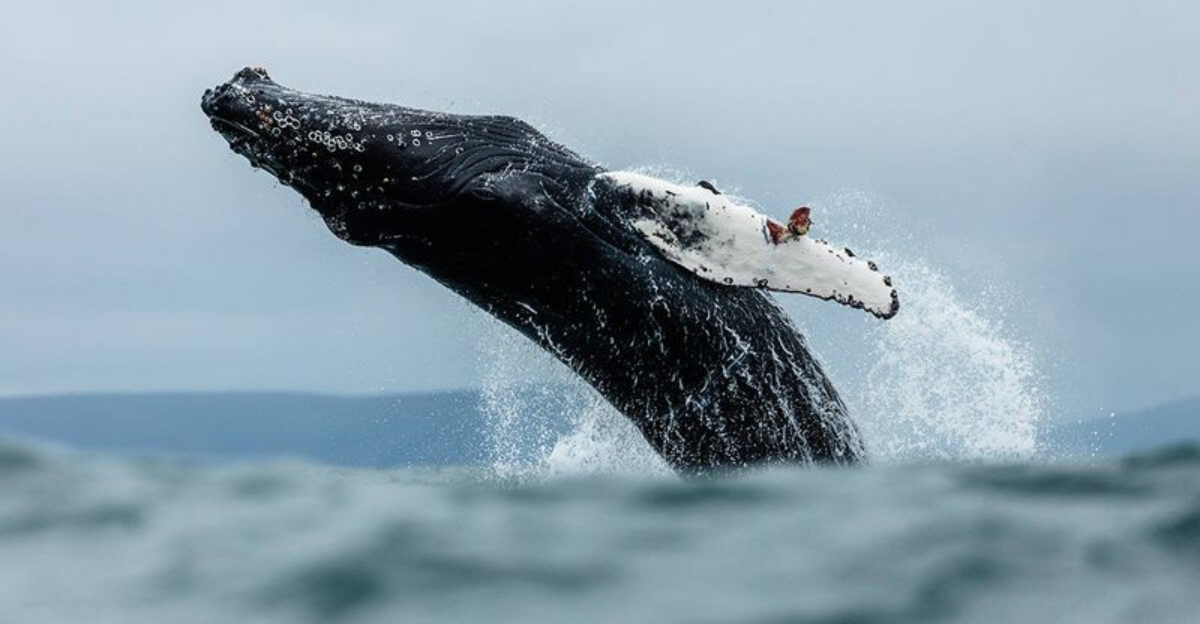
Have you ever seen a massive whale launch itself completely out of the ocean? This spectacular behavior, called breaching, isn’t just an amazing sight for lucky observers.
Marine biologists have discovered several fascinating reasons why these enormous mammals perform these energy-intensive acrobatics. From communication to health benefits, the reasons behind these magnificent leaps might surprise you.
1. Long-Distance Underwater Telephone
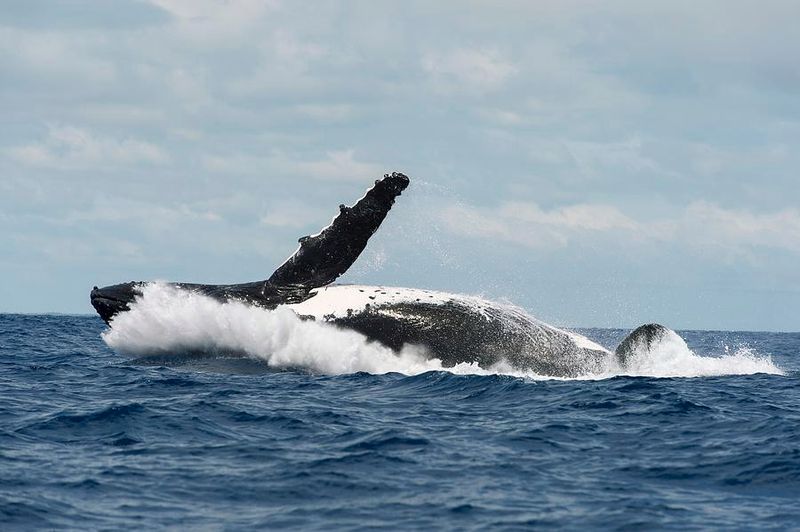
The thunderous splash created when a 40-ton whale crashes back into the ocean generates sound waves that travel remarkably far underwater. Scientists have recorded these acoustic signals traveling over 10 miles in certain ocean conditions.
This natural broadcasting system helps whales announce their location to potential mates or warn others about dangers. For creatures living in the vast, often murky ocean depths, these sound signals work better than any visual communication system.
2. Showing Off Their Strength
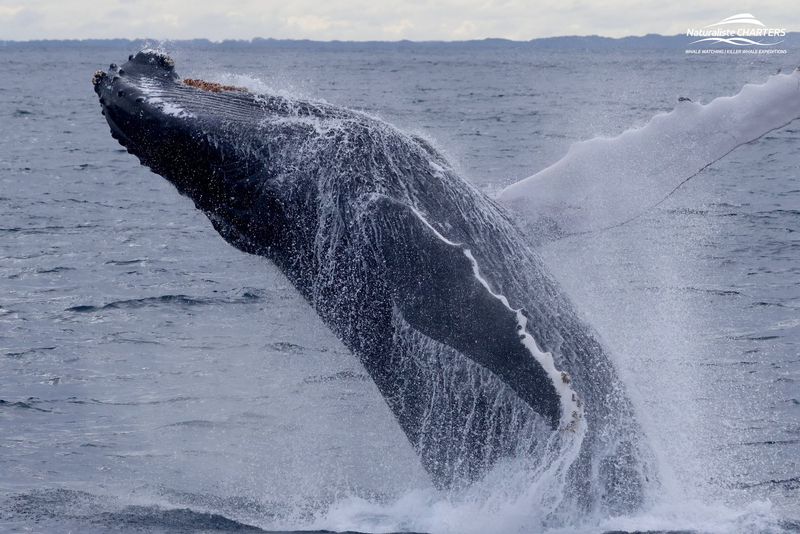
Male whales often breach repeatedly during mating season, flexing their impressive muscles for watching females. This natural bodybuilding competition helps females select the strongest, most energetic partners.
The sheer power required to propel a bus-sized body completely out of water demonstrates exceptional fitness. Researchers tracking breaching patterns have noticed dramatic increases during competitive mating periods, with some males performing up to 30 breaches in a single hour.
3. Natural Parasite Removal
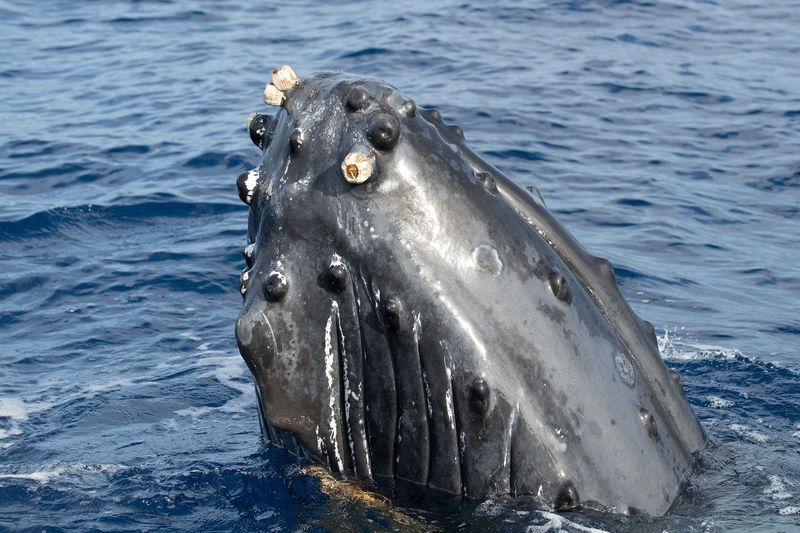
Whales struggle with unwanted hitchhikers! Barnacles, whale lice, and other parasites attach themselves to whales’ skin, causing irritation and increasing drag as they swim. The violent impact of breaching creates enough force to dislodge these pesky passengers.
Underwater footage has captured clouds of parasites flying off during powerful breaches. This natural cleansing method helps whales maintain healthier skin and swim more efficiently through ocean waters.
4. Pure Whale Joy
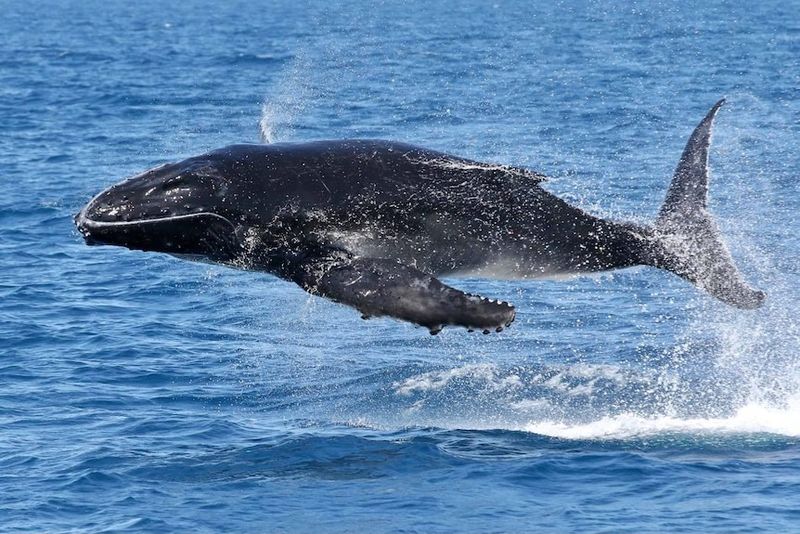
Sometimes a leap is just for fun! Young calves frequently breach with no apparent purpose beyond playful enjoyment. Researchers observing whale families have documented what appears to be breaching games, with calves and adults taking turns jumping.
These playful sessions help youngsters develop crucial muscles and coordination. Much like human children on playground equipment, whale calves use breaching as both entertainment and physical development, perfecting skills they’ll need throughout their lives.
5. Ocean GPS System

Whales navigate thousands of miles during annual migrations without any modern technology. During these epic journeys, they occasionally need to check their position. Breaching allows them to momentarily rise above the waves and scan the horizon.
Scientists have observed increased breaching activity near coastlines and when approaching familiar landmarks. This visual reconnaissance helps whales identify islands, coastlines, or other features that serve as natural waypoints on their remarkable migrations.
6. Underwater Group Coordination

Whale pods sometimes need to make quick group decisions about changing direction or responding to threats. In rough seas or murky waters, visual signals underwater become ineffective. A dramatic breach serves as an unmistakable attention-grabber.
Marine biologists studying orca pods have documented leader whales breaching before the group changes course. This physical signal works like a lighthouse, helping the pod stay unified even when underwater visibility is poor.
7. Mealtime Strategy
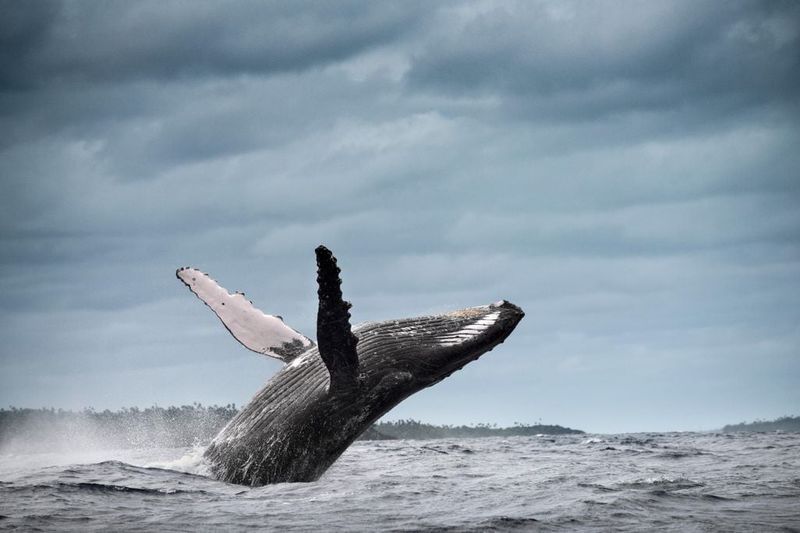
Humpback whales have developed an ingenious hunting technique using breaches. When they spot scattered schools of fish, they’ll leap and crash down dramatically near the edge of the school.
The resulting shock wave stuns fish and drives them into tighter groups. Other pod members then swim through with open mouths, gulping hundreds of fish in a single pass. This coordinated feeding strategy demonstrates remarkable intelligence and teamwork among these massive ocean mammals.
8. Romantic Water Ballet
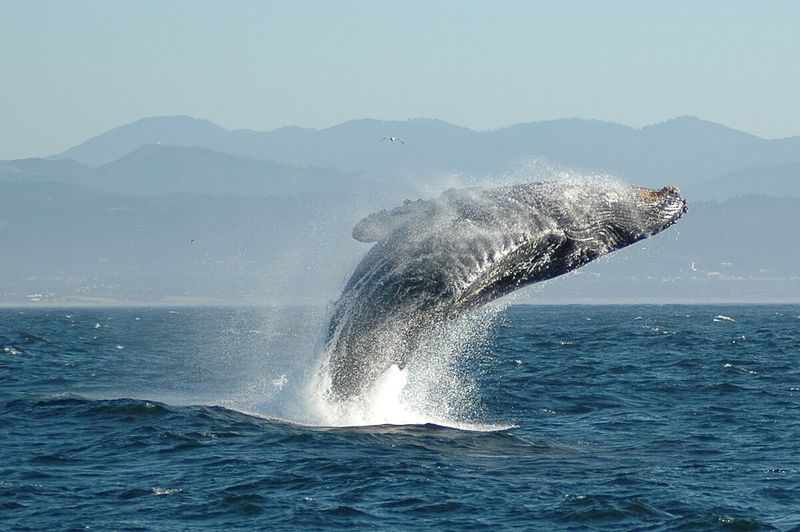
During courtship, some whale species perform elaborate aerial displays to impress potential mates. These aquatic ballets can include multiple breach types—spinning breaches, belly flops, and tail slaps—creating a mesmerizing performance.
Female whales appear to evaluate these displays for coordination, strength, and creativity. The most impressive performers often win breeding opportunities. This natural selection process helps ensure offspring inherit the physical prowess necessary for survival in challenging ocean environments.
9. Emergency Oxygen Refill

While whales can hold their breath for impressive periods, sometimes they need extra air quickly. During particularly active periods, their oxygen demands increase dramatically. Breaching allows them to clear their blowhole and take a massive gulp of fresh air in one efficient motion.
Researchers have noticed increased breaching during periods of intense activity. This emergency breathing technique helps whales rapidly replenish oxygen supplies when they’re exerting themselves chasing prey or fleeing predators.
10. Natural Exfoliation Treatment
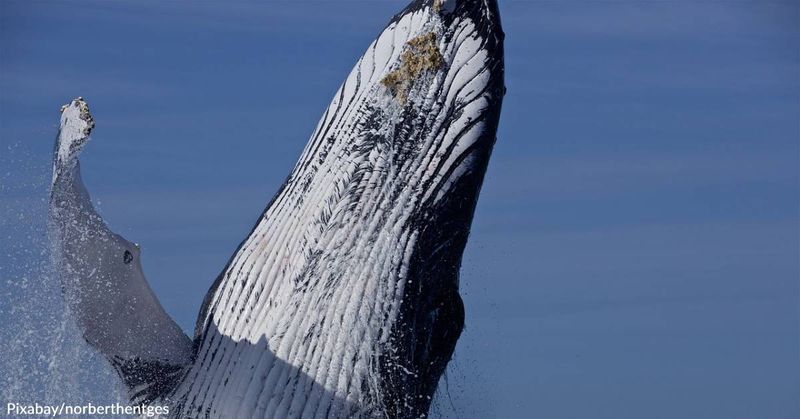
Whale skin constantly regenerates, shedding old layers to maintain health. The tremendous force of water impact during a breach acts like nature’s strongest loofah, helping remove dead skin cells. This natural exfoliation process improves hydrodynamics by maintaining a smooth body surface.
Marine biologists studying whale skin samples have found significantly fewer dead skin cells on frequent breachers. This unexpected beauty treatment helps whales maintain optimal swimming efficiency in their underwater world.
11. Protesting Ocean Noise Pollution
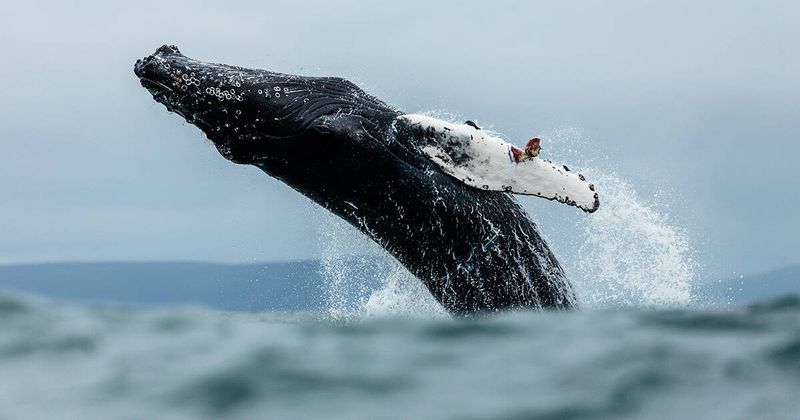
Our oceans have become increasingly noisy with shipping traffic, military sonar, and oil exploration. These artificial sounds can disrupt whale communication and navigation systems that evolved in quieter seas. Researchers have documented increased breaching activity in areas with high noise pollution.
This behavior may represent attempts to communicate above the din or express distress. Some marine biologists believe these dramatic breaches serve as the whale equivalent of covering their ears in noisy environments.
12. The Simple Joy Of Freedom
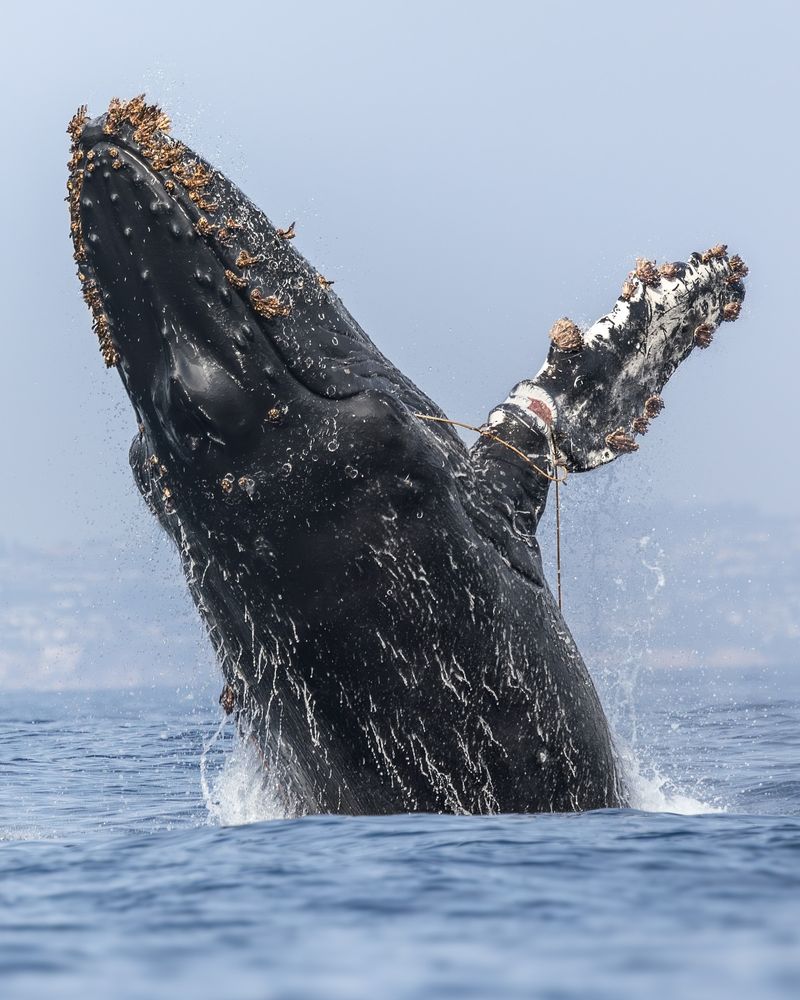
Sometimes the simplest explanation makes the most sense. Whales may breach simply because it feels good! The sensation of weightlessness, the rush of cool air, the momentary freedom from water resistance—these experiences might be inherently pleasurable.
Scientists studying whale brain activity have detected dopamine releases during breaching, similar to what humans experience during thrilling activities. Perhaps these magnificent creatures are simply enjoying one of the unique pleasures their extraordinary bodies allow.






